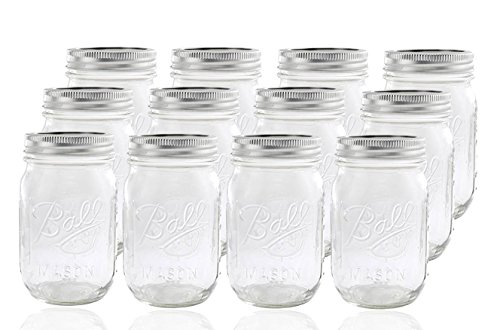Simple Saurkraut
Last week I posted about the importance of gut health, and the amazing benefits of probiotic rich foods. When I initially began eating fermented vegetables it was because of my interest in intestinal health, searching for a way to heal my IBS and as a way to preserve all the excess vegetables I couldn't keep up with from my garden. Sauerkraut may be the best return on investment of any food that you choose to consume.
Here are just a reasons why you should add them to your daily diet:
- Sauerkraut contains high levels of fiber, vitamin A, C, K, and various B vitamins
- Contains essential minerals such as iron, manganese, copper, sodium, magnesium, and calcium.
- The nutrients in fermented vegetables are predigested, meaning that you can more easily absorb and utilize the benefits.
- Help in energy production because of B vitamins, and iron which carries oxygen to all your organs and cells
- Digestive health: can help eliminate bloating, and constipation because of fiber, and living enzymes.
- Eye and skin health, immune system, heart health, bone health, cancer prevention, reduction in inflammation, and the list goes on.
- Basically fermented vegetables are god sent, and after you try them a few times, you’ll be hooked.
- Oh and its amazingly delicious!
Super Simple Sauerkraut
Ingredient
- 1 large head green or red cabbage
- 1 Tablespoon sea salt
- ½ Tablespoon of caraway seeds (optional but delicious)
- Water
Equipment
- Wide-mouth 32 oz (quart) sized mason jar
- large bowl
- Kitchen towel
- 4oz mason jar, kraut stone or shot glass to be used as a weight
Directions for Homemade Sauerkraut
- Cut the cabbage in half and slice finely.
- Put half the sliced cabbage in a bowl and add 1/2 Tablespoon sea salt.
- Using your hands, begin squeezing the cabbage. You want the cabbage to begin breaking down. It will appear that the cabbage is starting to wilt.
- Add the other half of the cabbage and 1/2 Tablespoon sea salt. Continue squeezing the cabbage until the leaves are wilted and moisture begins to drip off the cabbage.
- When a briny liquid has been achieved, pack the cabbage into a clean Mason jar. Push the cabbage down hard to remove most of the extra space.
- Set a small 4 ounce Mason jar inside the larger jar on top of the cabbage. This will help weight the cabbage down.
- If your cabbage contained enough moisture, you should have liquid covering the cabbage completely. This is essential because you want to submerge the cabbage in brine (for the anaerobic environment). If there is not enough liquid, add some salt water until the cabbage is completely submerged. To do this, mix 1 cup of water with 1 teaspoon sea salt.
- Cover the uncapped mason jar with a kitchen towel and set in location at room temperature, out of direct sunlight. I keep mine in an empty cooler.
- For the first few days, check on the cabbage and add extra liquid to keep the cabbage submerged. A bit of white foaminess is normal. You will notice the cabbage lose its bright green or purple color as well. Do not dismay! However, be on the lookout for anything that looks discolored or moldy.
- Taste your sauerkraut after about a week. It will probably taste a bit tangy but will need more time. I live in Minnesota and find it takes about 10 days to get to the flavor I like but even longer during the winter months. The length of time will vary depending on the ambient temperature.
- When finished, store covered in the refrigerator and enjoy as a snack, side, topping, etc . Your little bacterial friends will love you for it!
Keys For Fermentation Success
Looking for ways to save on healthy, non-GMO, organic foods, household and lifestyle essenstials? Use my code to get 20% off your first three orders from thrive, and receive awesome discounts on whole sale priced goods!





